
Top Signs of Iron Deficiency & Science-Backed Ways to Boost Your Iron Levels
Top Signs of Iron Deficiency & Science-Backed Ways to Boost Your Iron Levels

Feeling constantly tired, lacking energy, having pale skin, or suffering from frequent headaches? These could be subtle yet significant signs of an iron deficiency. Iron is a vital mineral that your body needs to produce hemoglobin, a crucial part of red blood cells responsible for carrying oxygen throughout your body. When iron levels are too low, your body can't make enough hemoglobin, leading to anemia, profound fatigue, and shortness of breath.
Iron deficiency can stem from various causes, including insufficient dietary intake, poor iron absorption, or blood loss. If you suspect your iron levels are low, it's essential to assess your diet. Incorporating iron-rich foods like leafy green vegetables, beef, chicken liver, and oysters is one of the best natural ways to boost your levels. Iron supplements can also be effective, but always consult your doctor before taking them to ensure they're appropriate for you and to prevent the side effects of excessive iron.
This article will guide you through recognizing the signs of an iron deficiency, understanding its common causes, and discovering natural and effective ways to increase your iron levels. This knowledge can help you avoid the health consequences of low iron and prevent iron deficiency anemia.
Recognizing the Signs of Iron Deficiency
The symptoms of an iron deficiency can often be so mild that they go unnoticed, or are easily dismissed as general tiredness or stress. However, pay attention if these signs become persistent:
-
Pale skin: A noticeably paler complexion due to reduced red blood cells.
-
Constant tiredness and lack of energy: Persistent fatigue that doesn't improve with rest.
-
Headaches: Frequent or recurring headaches.
-
Chest pains: Discomfort or pain in the chest.
-
Rapid heartbeat: Your heart may feel like it's racing.
-
Shortness of breath: Feeling winded easily, even with minimal exertion.
-
Cold hands and feet: Poor circulation can make your extremities feel cold.
-
Brittle nails: Nails that are weak, easily broken, or spoon-shaped.
-
Poor appetite: A noticeable decrease in desire to eat.
-
Inflammation of your tongue (glossitis): Your tongue might appear swollen, smooth, or sore.
If you suspect an iron deficiency in yourself or your child, see a doctor immediately. They can perform a blood test to confirm iron levels. Additional tests like MCHC, RDW, MCH, and Hematocrit blood tests may also be used to assess anemia. Your doctor will also rule out more serious underlying conditions, such as internal bleeding, as a cause for low iron.

Understanding the Causes of Iron Deficiency
While anyone can experience iron deficiency anemia, certain groups are at higher risk:
-
Insufficient Dietary Iron: Your body needs a steady supply of iron to maintain healthy blood. A lack of iron-rich foods in your diet is a primary cause of deficiency.
-
Heavy Menstrual Periods: Many women experience iron deficiency due to significant blood loss during menstruation, especially if bleeding is heavy over consecutive cycles. This leads to the loss of more red blood cells than the body can produce.
-
Pregnancy: During pregnancy, the body requires additional oxygen and nutrients for the baby's blood supply, which often leads to increased iron needs and potential low iron levels.
-
Abnormal Bleeding from Diseases: Certain medical conditions can cause internal bleeding, leading to iron deficiency. For example, stomach ulcers or cancers in the digestive tract can result in chronic blood loss. Long-term use of medications like aspirin or ibuprofen can also thin the stomach lining, causing bleeding and iron loss.
-
Poor Iron Absorption: Even if you consume enough iron, your body might struggle to absorb it. Conditions like celiac disease, inflammatory bowel disease, or inflammation of the esophagus can impair iron absorption.
How Much Iron Do You Need Daily?
To maintain good health, it's crucial to consume a well-balanced diet that provides adequate vitamins and minerals, including iron. According to the National Institutes of Health, the recommended daily iron intake varies by age and gender:
-
Infants (7–12 months): 11 mg
-
Children (1–13 years): 7 mg – 10 mg
-
Women (14–50 years): 15 mg – 18 mg
-
Pregnant Women: 27 mg
-
Men (14–50 years): 8 mg – 11 mg
-
Men and Women (over 50 years): 8 mg
Maximizing Iron Absorption from Food
Even with an iron-rich diet, your body might not absorb enough iron. Here's how to improve absorption:
-
Pair Iron with Vitamin C: Consuming foods rich in vitamin C alongside iron-rich foods significantly boosts iron absorption. Excellent sources of vitamin C include bell peppers, broccoli, citrus fruits, and leafy green vegetables. Research shows vitamin C can increase nonheme iron bioavailability by up to 7%.
-
Be Mindful of Inhibitors: Some otherwise healthy foods can interfere with iron absorption:
-
Calcium-rich foods: Dairy products, for example, can decrease iron absorption.
-
Oxalic Acid: Found in many green vegetables (like spinach), oxalic acid binds to iron and interferes with its absorption.
-
Phytic Acid: Present mostly in whole grains, phytic acid can inhibit iron absorption from other foods and supplements.
-
Tannins: Found in tea, coffee, and even chocolate, polyphenols (tannins) can interfere with iron absorption. Try to avoid drinking tea or coffee immediately before, during, or after iron-rich meals.
-
Best Ways to Increase Iron Levels in Your Blood
The most effective approach to preventing and treating iron deficiency is a combination of dietary adjustments and, if necessary, supplementation.
1. Incorporate Iron-Rich Foods into Your Diet
Dietary iron comes in two forms:
-
Heme Iron: Found in animal products like lean red meat, poultry, and fish. Heme iron is easily absorbed by the body, making it the most bioavailable form of dietary iron.
-
Top Animal Sources: Beef, chicken liver, clams, mussels, oysters, and canned sardines in oil are excellent sources. Other good sources include poultry, fish, ham, and veal, though with less iron per ounce.
-
-
Nonheme Iron: Found in plant-based foods. Nonheme iron is less efficiently absorbed than heme iron, but its absorption can be significantly enhanced by vitamin C.
-
Top Plant Sources: Cooked beans, lentils, kale, pumpkin seeds, sesame seeds, dried apricots, baked potatoes (with skin), split peas, nuts, broccoli, fortified cereals, and brown rice.
-
2. Choose Iron-Enriched Foods
Many breakfast cereals, breads, and other grain products are fortified with iron, making them a convenient way to boost your daily iron intake, especially if you avoid animal products. In regions where iron deficiency anemia is prevalent, iron-fortified foods have proven effective in reducing anemia complications, particularly in children.
3. Cook with Cast Iron Cookware
An age-old tip for naturally increasing iron levels is to use cast iron cookware. When food is cooked in a cast iron pot or pan, small amounts of iron can leach into the food, thereby increasing its iron content. Studies have shown that cooking food in iron cookware can increase hemoglobin concentration in individuals with iron deficiencies.
4. Boost Iron Levels with Supplements
Iron supplements can be very effective in treating anemia and raising iron levels, especially for women with heavy menstrual bleeding or during pregnancy.
Important Note: Iron supplements can cause side effects like constipation, nausea, abdominal discomfort, and changes in stool color. While intermittent supplementation might reduce side effects, daily supplementation is generally more effective for preventing or controlling anemia. Always consult your doctor before starting iron supplements to ensure proper dosage and to rule out other causes of your symptoms.
5. Check Vitamin B12 Levels
Anemia can also stem from a vitamin B12 deficiency, as vitamin B12 is crucial for red blood cell production and oxygen transport. A B12 deficiency can also lead to nerve damage and affect memory and thinking. Alcohol consumption and certain medications can lower B12 levels.
Good sources of vitamin B12 to help prevent this type of anemia include beef liver, clams, rainbow trout, chicken breast, and B12-fortified cereals.
Taking responsibility for your iron intake and being aware of the symptoms are crucial steps toward maintaining your health and preventing the long-term consequences of iron deficiency.
News in the same category


If Cancer Is Developing in the Body, These 3 Nighttime Signs Often Appear — But Many People Ignore Them
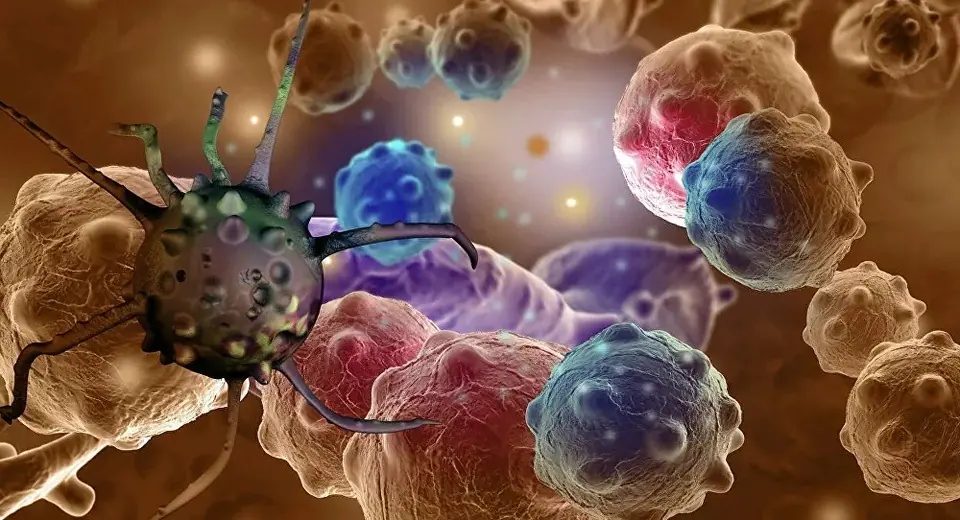
5 Early Symptoms of Stomach Cancer That Help with Early Detection

Prostate Cancer: Warning Signs and Symptoms Men Shouldn't Ignore

8 Warning Signs Your Tongue May Be Sending About Your Health

Boost Your Iron: Essential Signs to Watch For & Effective Strategies

Scientists Explain How Sleeping on Your Left Side Affects Your Health

Proven Health Benefits of Eating Eggs: More Than Just Breakfast Food

Scientists Warn China-Identified Bat Virus Just One Mutation Away From Sparking Global Pandemic
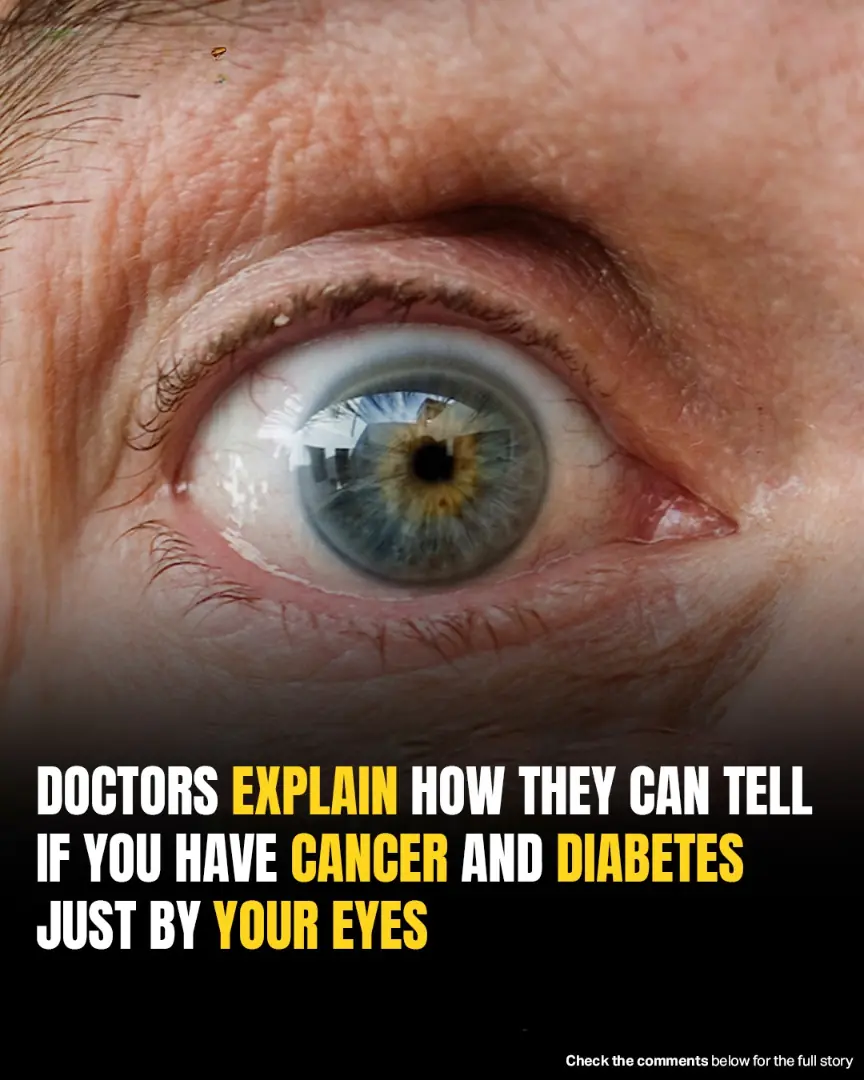
Doctors Reveal How Eye Exams Can Detect Signs Of Cancer And Diabetes
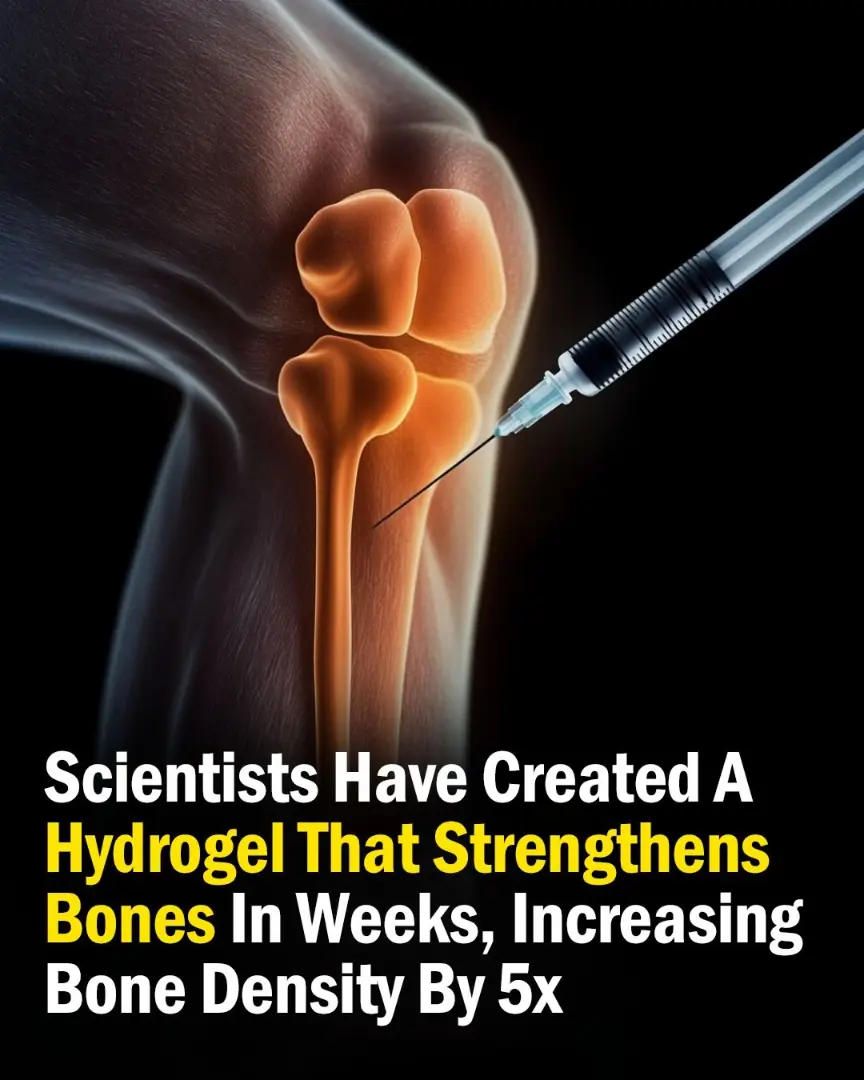
Scientists Develop Injectable Hydrogel to Strengthen Bones

About 15 Minutes Before a Stroke, the Body Often Sends 4 Clear Signals: Call for Help Immediately

8 Signs of Kidney Failure You Should Never Ignore: Bad Breath Even After Brushing Could Be a Warning

6 Signs of Stroke After Showering: Many Mistake Them and Go to Bed, Never to Wake Again

Experts Say Turning Off Wifi And Keeping Phones Out Of The Bedroom Could Boost Your Health

Scientists Finally Figure Out What’s Causing Girls to Get Periods at a Younger Age

Top Foods to Avoid After 60 for Better Health

Aspergillus Fungus Threatens Millions As It Spreads Due To Climate Change, Scientists Warn
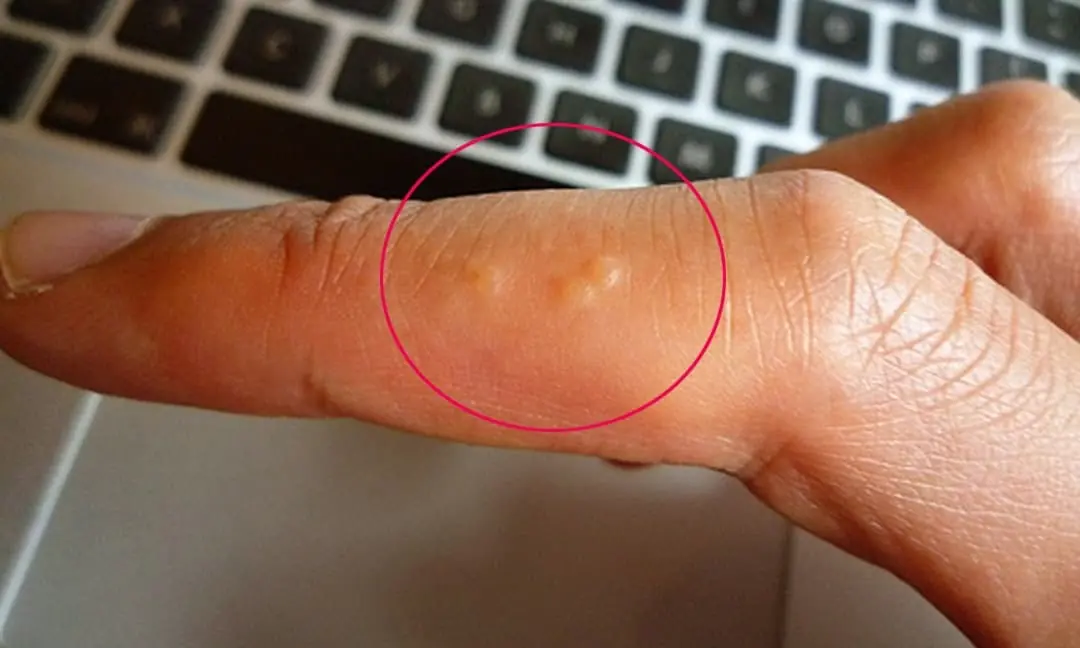
What Are the Tiny Blisters on Your Hands in Summer Trying to Tell You?
News Post
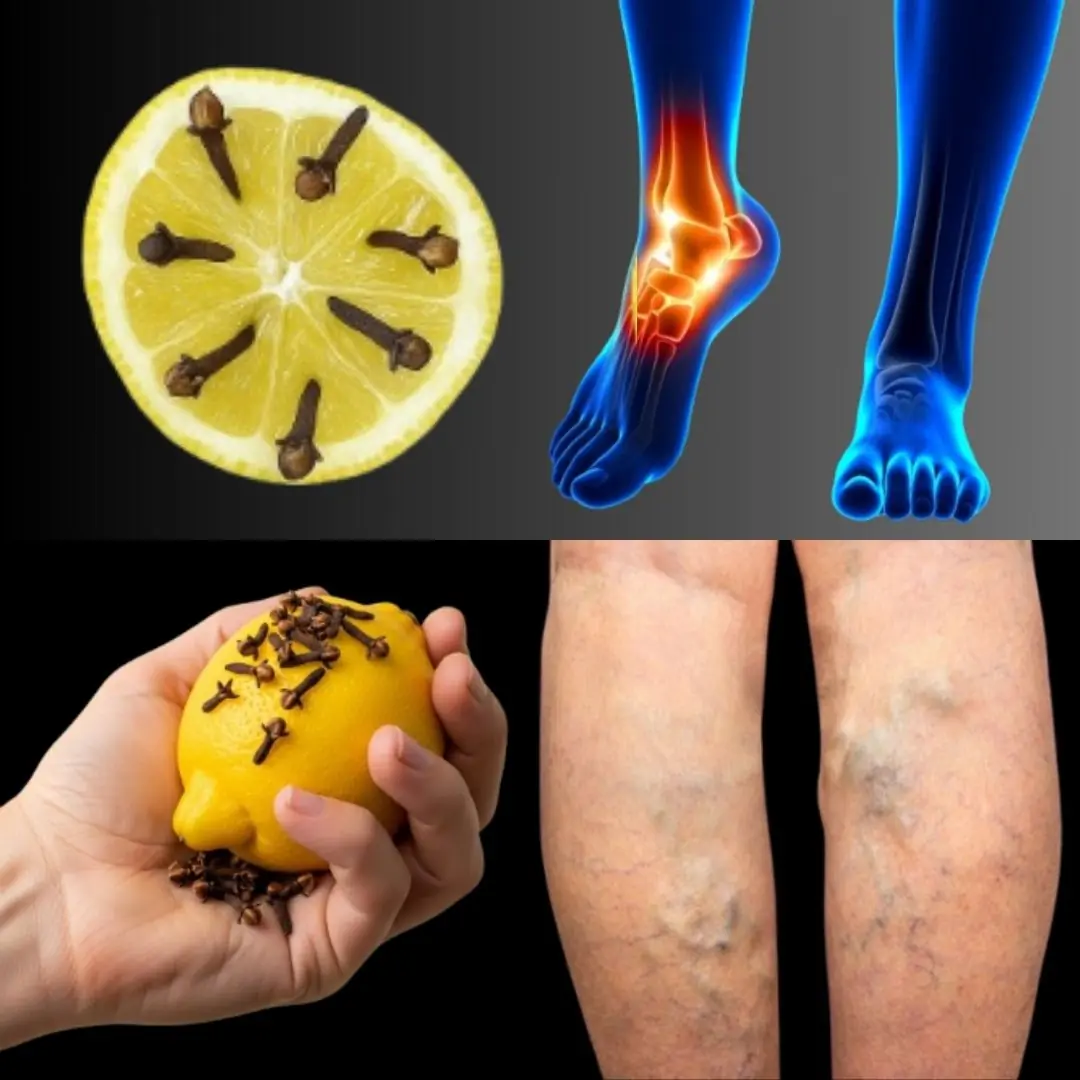
Mom’s Natural Remedy with Lemon: A Modern Cure-All for Pain and Inflammation 🍋🌿

Unlock the Secret Elixir: Why Ginger, Cloves, and Lipton Tea Could Transform Your Health
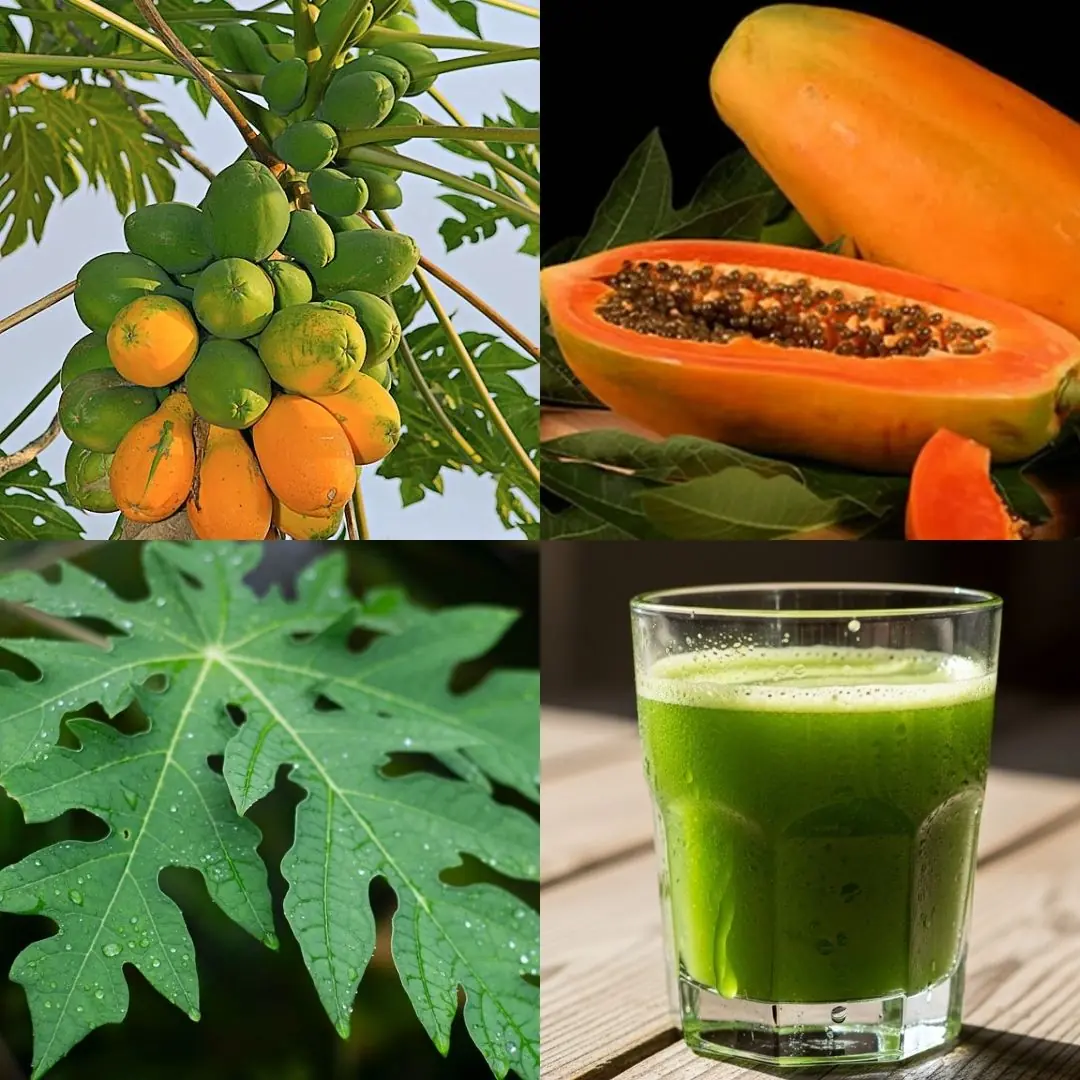
🌿 The Hidden Power of Papaya Leaves: Nature’s Unseen Healer

Clove, Honey, and Cinnamon Blend: A Simple Daily Remedy for Wellness
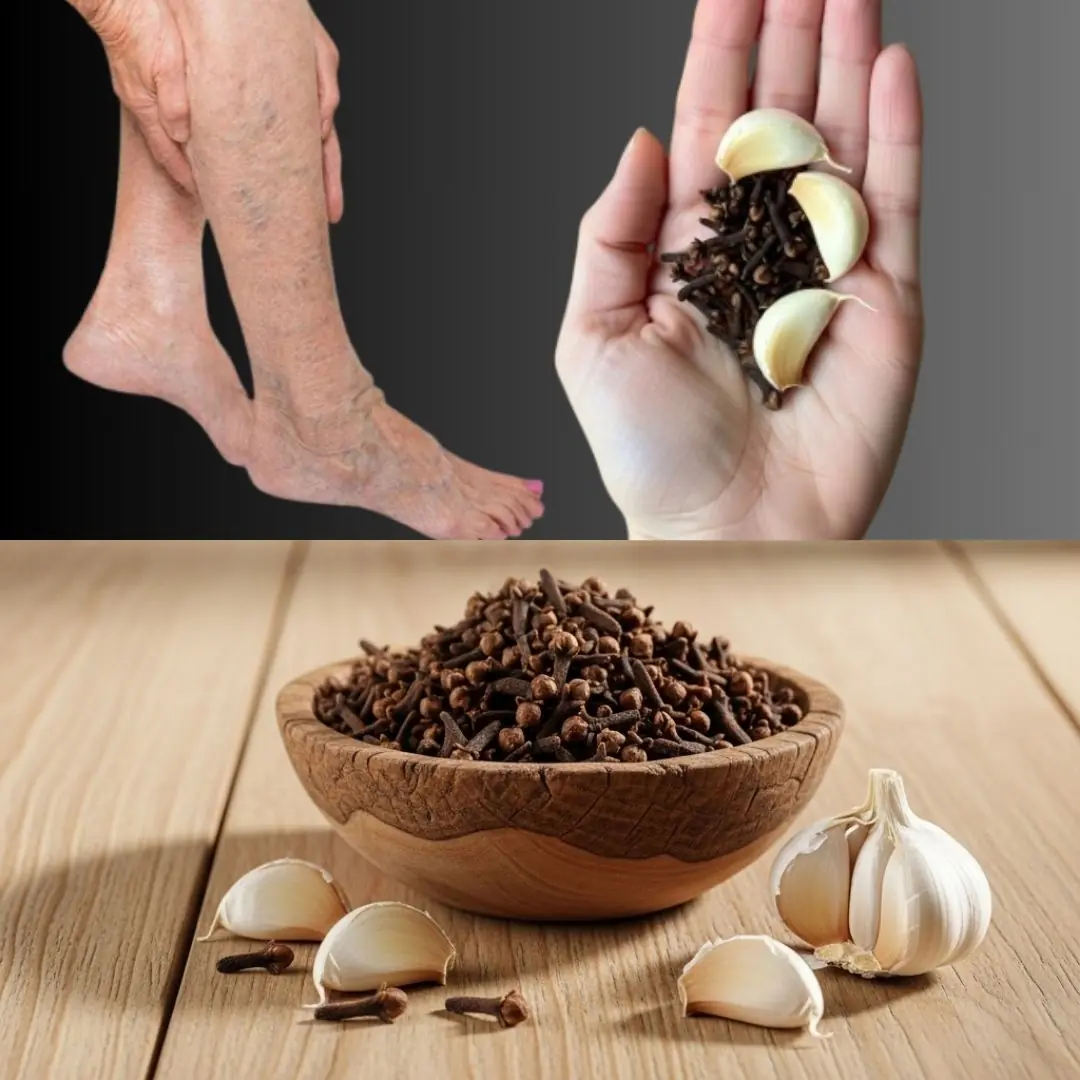
Leg Pain, Rheumatism, Varicose Veins, and Arthritis? Try This Simple Garlic & Olive Oil Remedy!

12 Incredible Health Benefits of Phyllanthus Niruri – Don’t Throw It Away!

4 Types of Cancer with Over 90% Cure Rate: Everyone Should Watch for the Early Signs

If Cancer Is Developing in the Body, These 3 Nighttime Signs Often Appear — But Many People Ignore Them

5 Early Symptoms of Stomach Cancer That Help with Early Detection

Prostate Cancer: Warning Signs and Symptoms Men Shouldn't Ignore

8 Warning Signs Your Tongue May Be Sending About Your Health

Boost Your Iron: Essential Signs to Watch For & Effective Strategies

Scientists Explain How Sleeping on Your Left Side Affects Your Health

Scientists Explore Shocking Idea That Plants And Atoms Could Be Aware

Proven Health Benefits of Eating Eggs: More Than Just Breakfast Food
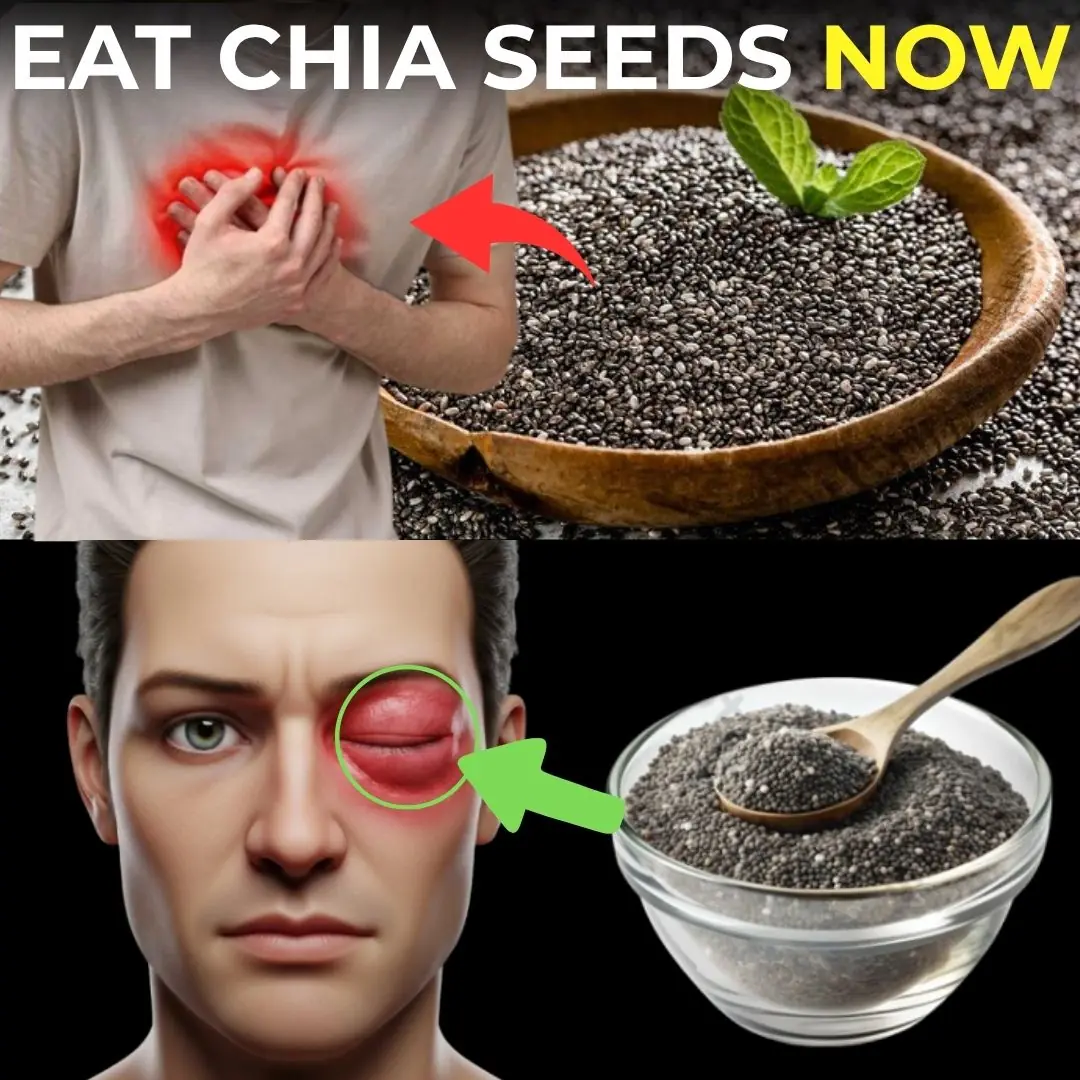
Eat Chia Seeds at Night for 1 Week & See What Happens to You! 🌙✨
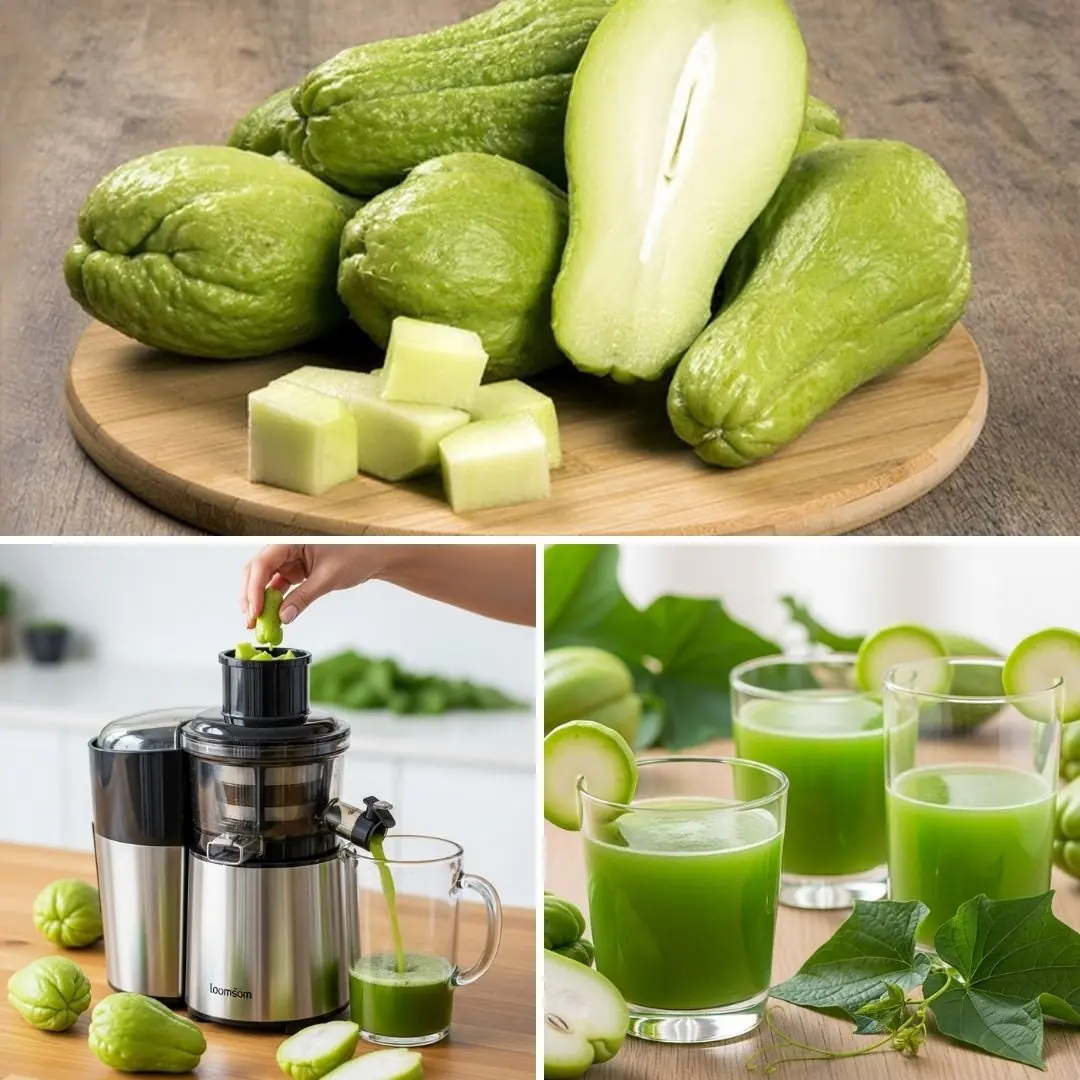
16 Benefits of Chayote Juice: Say Goodbye to Pills and Hello to Natural Healing

Mullein: The Powerful Plant That Soothes Your Lungs, Joints & Muscles Naturally
